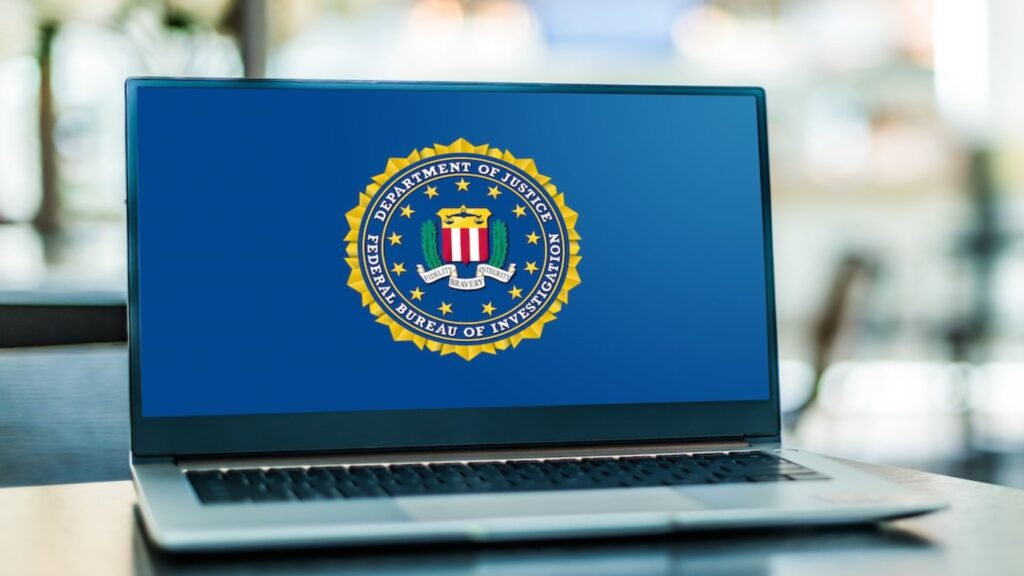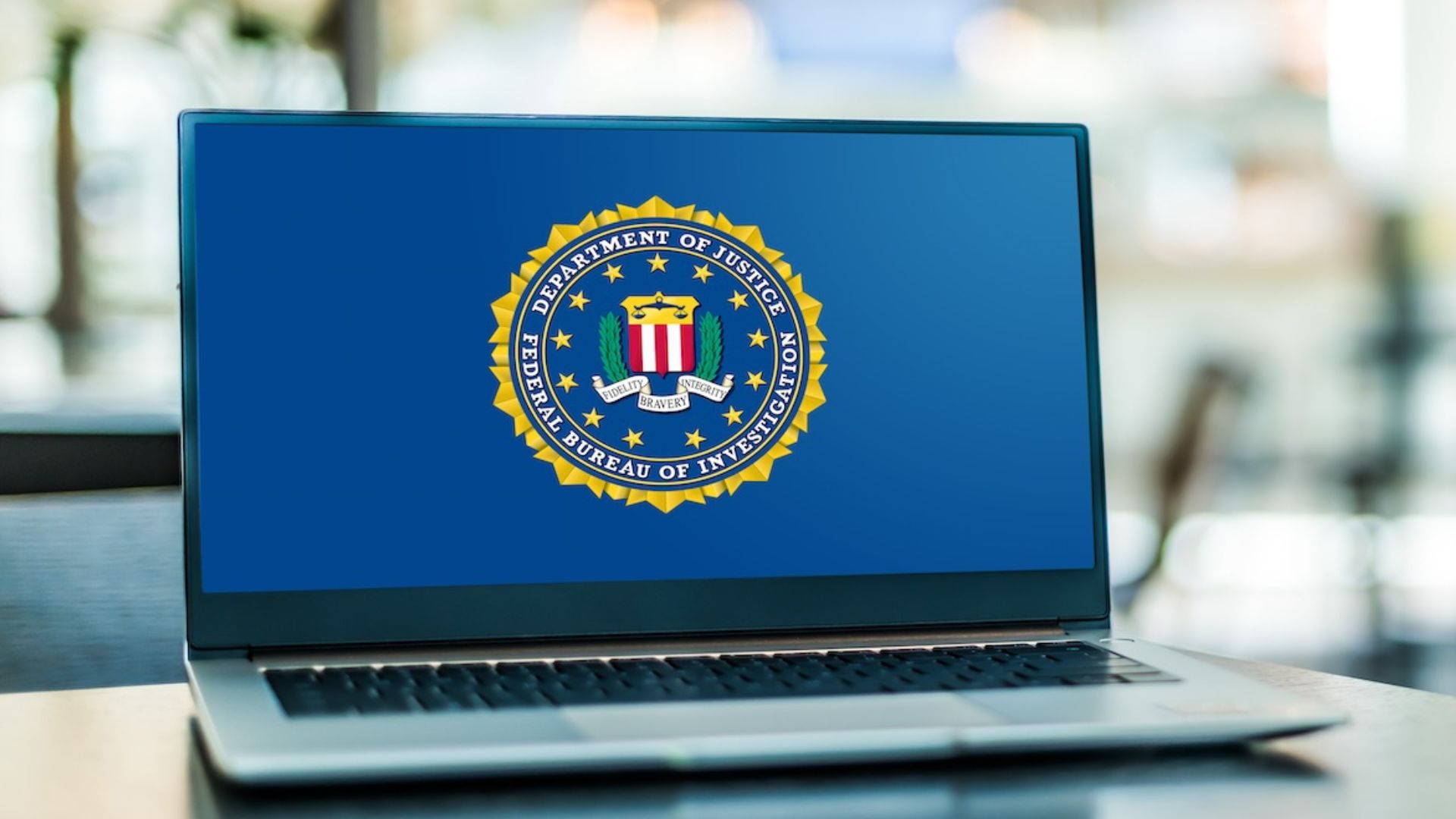
The FBI’s recent takedown of a major botnet inadvertently released nearly 95,000 devices back into criminal hands, triggering a fierce race among hacking groups to control the now-vacant infrastructure. Rather than weakening cybercrime networks, law enforcement’s operation created a window for rival outfits to hijack the freed machines and launch unprecedented attacks.
According to Cryptopolitan, the Aisuru botnet crew swiftly seized over a quarter of these devices, transforming them into a more powerful distributed denial-of-service (DDoS) weapon. Subsequent assaults have shattered previous records, demonstrating how well-intentioned disruption efforts can backfire in today’s fragmented cyber-underworld.
Record-Breaking Attacks Emerge from FBI’s Unintended Gift
On September 1, Cloudflare reported the largest DDoS attack in history, peaking at 11.5 Tbps and overwhelming internet connections across tens of thousands of homes. The 35-second onslaught, composed mainly of UDP floods, underscored the destructive potential of the newly assembled botnet arsenal.
Damian Menscher, a Google security engineer, described a frantic “race to take them over as fast as possible,” as competing criminals vied to claim the freshly cleaned devices. TechCrunch-style analyses on Yahoo Tech note that shorter test attacks continued in the weeks following, illustrating an escalating arms race among cybercriminal enterprises.
Aisuru Emerges as Dominant Force
First spotted in August 2024, the Aisuru botnet has evolved from a basic DDoS tool into a commercial-scale operation targeting IoT devices—routers, smart TVs, DVRs, and security cameras. Vercara’s report details how Aisuru rents access via encrypted platforms, with subscription tiers ranging from $150 per day to $600 per week, boasting up to 2 Tbps capacity despite far higher real-world performance.
Cybersecurity analysts warn that Aisuru is now “ten times more powerful than Mirai,” capable of disrupting internet access across entire regions. Their rapid growth highlights the limitations of current disruption strategies, where device cleansing alone fails to secure hardware against reinfection by more aggressive actors.
Broader Implications for Cybersecurity
The FBI’s experience reveals a critical flaw in botnet dismantling: removing malware without patching vulnerabilities simply hands control to the next operator. SecurityWeek commentary calls this pattern a “feeding frenzy,” perpetuating cycles of compromise rather than eliminating threats.
National security experts fear this dynamic could extend into cyber warfare. Nokia Deepfield’s Craig Labovitz warns that DDoS tactics once reserved for website takedowns are now being weaponized against critical infrastructure and state targets. Meanwhile, individual prosecutions—like the recent charging of Ethan Foltz for the “Rapper Bot” network—fail to address the systemic vulnerabilities that fuel this modern digital arms race.











